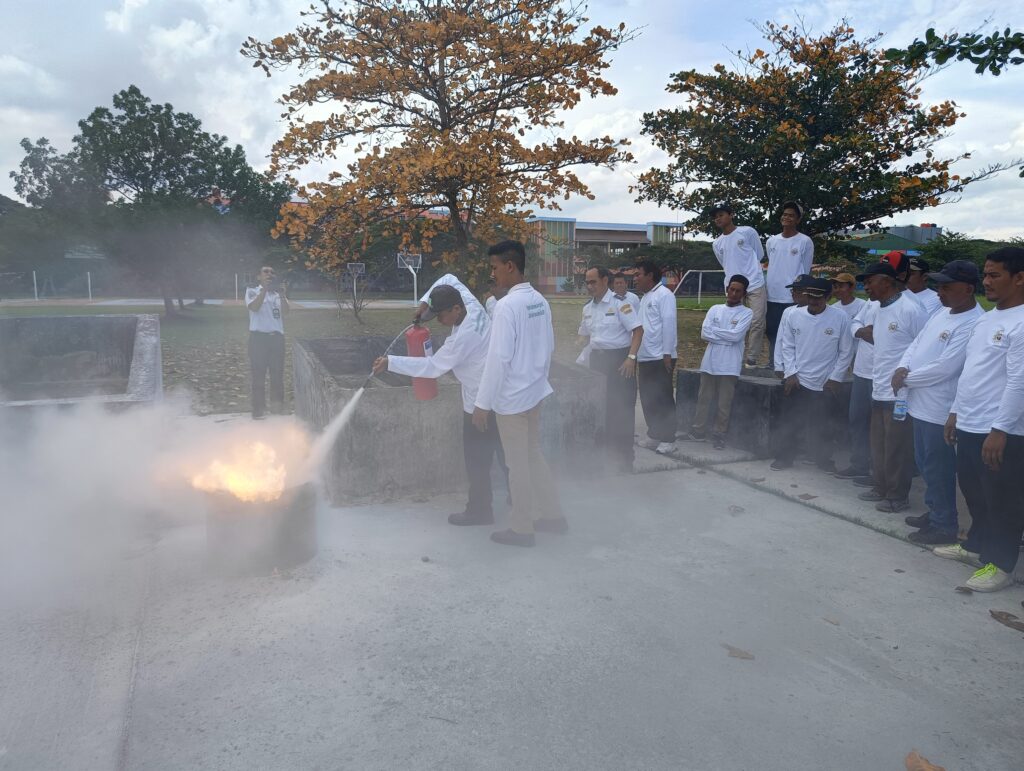It operates as a gradient descent algorithm, primarily aiming to boost the speed and stability throughout a model’s coaching section. That hessian requires you to compute gradients of the loss function with respect to every mixture of weights. If you realize your combinations, that value is of the order of the square of the number of weights present in the neural community. From the image, we will see that the start line and the native minima have totally different horizontal coordinates and are nearly equal vertical coordinates. Utilizing gradient descent to find the local minima will doubtless make the loss operate slowly oscillate in direction of vertical axes.
It concludes with insights into some disadvantages, present purposes and future prospects for refining and extending it in diverse machine learning domains. One key characteristic is its use of a shifting average of the squared gradients to scale the learning fee for every parameter. This helps to stabilize the training course of and stop oscillations in the optimization trajectory. RMSprop modifies the traditional gradient descent algorithm by adapting the learning fee for every parameter primarily based on the magnitude of latest gradients.
- In terms of machine learning, coaching a model is like discovering the bottom of this valley.
- What this basically means it has no clue concerning the curvature of the loss function.
- The general idea is to dampen the oscillations in directions with steep gradients while allowing for quicker movement in flat regions of the loss landscape.
- A loss floor can have a positive curvature which means the surface, which implies a floor is quickly getting much less steeper as we move.
Hands-on Time Collection Anomaly Detection Using Autoencoders, With Python
These bounces happen as a result of gradient descent doesn’t store any history about its earlier gradients making gradient steps more undeterministic on each iteration. Optimization algorithms are computational methods used to seek out one of the best resolution (maxima or minima) to a given problem. This typically includes finding the optimum values of parameters that decrease or maximize an goal operate. Optimization algorithms within the context of machine studying are like sensible strategies which can be used to find the most effective solution to a fancy downside. Total, RMSprop is a strong and broadly used optimization algorithm that can be efficient for training quite a lot of Machine Studying models, especially deep learning models. As knowledge travels via very sophisticated capabilities, similar to neural networks, the resulting gradients usually disappear or broaden.
Moreover, it has a straightforward implementation and little memory necessities making it a preferable choice within the majority of conditions. RMSprop (Root Imply Square Propagation) is a broadly used optimization algorithm in machine studying, adapting the training rate for every parameter primarily based on historical gradients. This article at OpenGenus offers an overview of RMSprop’s workings utilizing analogies, and its advantages over conventional gradient descent and AdaGrad.

We define a neural network utilizing Sequential with input flattening and dense layers. We are importing libraries to implement RMSprop optimizer, deal with datasets, build the model and plot outcomes. where \eta is the learning fee and \epsilon is a small constant added for numerical stability. Discover, if this step is unfavorable, it means we can use https://www.globalcloudteam.com/ a arbitrary step.

To understand why gradient descent converges slowly, let us look at the instance under of a ravine where a given operate of two variables ought to be minimised. As we proceed walking, we keep observe of the historical past of the slopes we have encountered in every direction. As An Alternative of blindly adapting the step measurement primarily based on the present slope, we bear in mind how the slopes have been altering in the past.
I Am Agniva, an aspiring information scientist with a love for languages and low Application Migration.
Root imply sq. propagation (RMSProp) is an adaptive studying price optimization algorithm designed to improve training and convergence speed in deep studying fashions. The RMSProp algorithm was introduced by Geoffrey Hinton in his Coursera class on neural networks and isn’t formally revealed, however it has gained recognition due to its effectiveness in various functions. Each RMSprop and Adam are adaptive studying price optimizers, however they serve completely different purposes. RMSprop adjusts learning charges per parameter utilizing a shifting common of squared gradients, making it great for training RNNs and reinforcement learning fashions the place gradients tend to Exploring RMSProp fluctuate.
AdaGrad deals with the aforementioned problem by independently adapting the educational rate for every weight part. If gradients similar to a certain weight vector component are giant, then the respective studying rate will be small. This means, Adagrad offers with vanishing and exploding gradient issues. In terms of machine learning, coaching a model is like discovering the bottom of this valley. The aim is to reach the best set of parameters, or the lowest point, that make the mannequin carry out properly on the given task. Newton’s Method does it by computing the Hessian Matrix, which is a matrix of the double derivatives of the loss function with respect of all combinations of the weights.
These optimizers build upon SGD by adding mechanisms like adaptive learning rates and momentum, making them simpler for complicated models and large datasets. Root imply sq. propagation (RMSprop) is an adaptive studying price optimization algorithm designed to helps coaching be more secure and improve convergence pace in deep studying fashions. It is especially effective for non-stationary objectives and is widely utilized in recurrent neural networks (RNNs) and deep convolutional neural networks (DCNNs). RMSProp balances by adapting the training rates primarily based on a shifting average of squared gradients.
Perceptron And Neural Networks
RMSProp has a relative larger converge rate than SGD, Momentum, and NAG, starting descent faster, but it is slower than Ada-grad, Ada-delta, that are the Adam primarily based algorithm. In conclusion, when dealing with the massive scale/gradients drawback, the scale gradients/step sizes like Ada-delta, Ada-grad, and RMSProp carry out better with excessive stability. RMSProp is especially useful when coping with non-stationary aims or when coaching recurrent neural networks (RNNs). It has been shown to carry out well on duties where the Adagrad method’s performance is compromised because of its regularly lowering studying charges. It is a variant of the gradient descent algorithm that helps to improve the convergence speed and stability of the mannequin coaching course of.
Deep Studying
This allows the algorithm to overlook older gradients and focus extra on current gradients, which helps forestall the educational rates from turning into too small too quickly. By incorporating this adaptive learning price and considering the newest info, RMSprop can higher navigate the parameter area and converge faster. As understanding the excessive performance of RMSProp and possibility of mixing with different algorithm, more durable problem could possibly be higher described and converged sooner or later. RMSprop builds on the constraints of standard gradient descent by adjusting the learning rate dynamically for every parameter. It maintains a moving average of squared gradients to normalize the updates, preventing drastic learning price fluctuations. This makes it well-suited for optimizing deep networks the place gradients can range considerably across layers.



